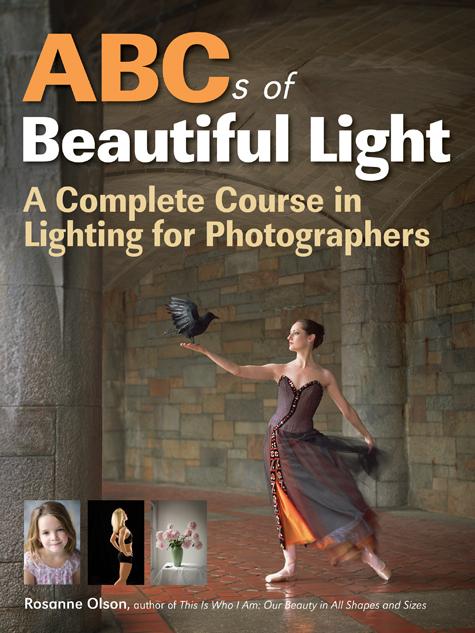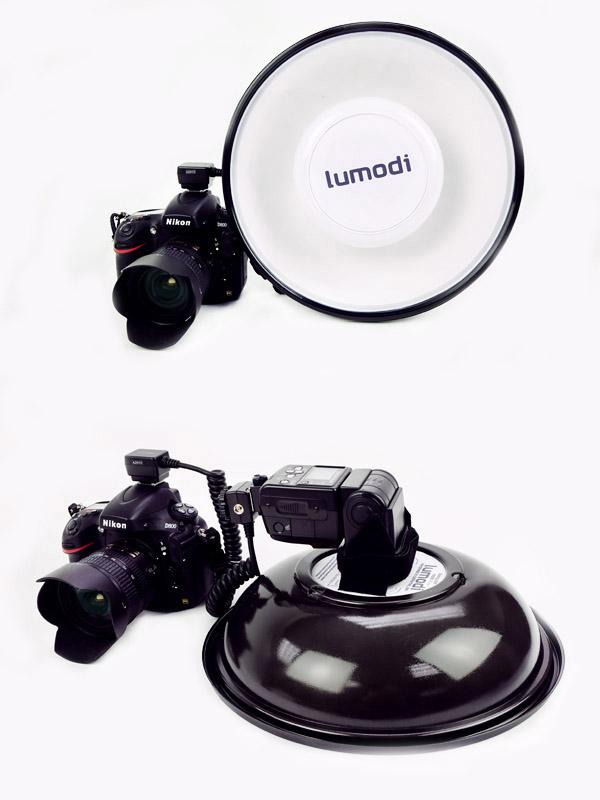|
Dec 10, 2014 |
|
Dec 03, 2014 |
|
Oct 24, 2014 |
|
Oct 19, 2014 |
|
Oct 07, 2014 |
|
Oct 01, 2014 |
|
Sep 18, 2014 |
|
Jul 11, 2014 |
|
Jun 20, 2014 |
|
Jun 20, 2014 |
|
Feb 21, 2014 |
First Published: Jan 01, 2014 |
|
Sep 20, 2013 |
First Published: Aug 01, 2013 |
|
Oct 16, 2012 |
First Published: Sep 01, 2012 |
|
Jul 25, 2012 |
First Published: Jun 01, 2012 |
|
Apr 27, 2012 |
First Published: Mar 01, 2012 |
















